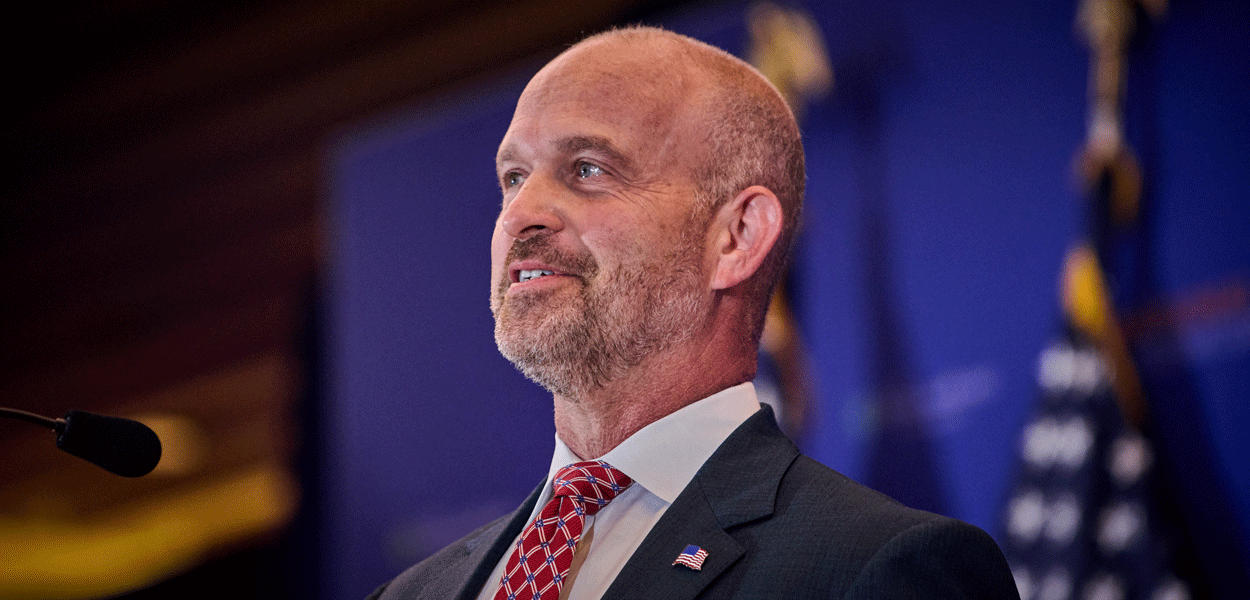
www.dailysignal.com
EXCLUSIVE: The Heritage Foundation to Promote Golden Age Vision in New National Campaign
The Heritage Foundation launched a new ad campaign Tuesday posing a new strategy and a provocative idea for 2026: “The Golden Age is a choice.”
The Washington-based think tank’s mission has not changed, but their strategy has shifted. The campaign introduces what the influential conservative organization calls “Heritage 2.0.”
Heritage 2.0 will focus on four cornerstones:
The American Family
The Dignity of Work and the Future of Free Enterprise
National Security
The American Heritage and Citizenship
The national ad campaign, “Our Heritage is Our Future,” launched Tuesday and will be featured later this month at Turning Point USA’s America Fest in Phoenix, Arizona. It will also air this Sunday during CBS News’ interview with Erika Kirk, widow of Turning Point USA founder Charlie Kirk.
“It’s a choice to prioritize families and empower local communities,” reads the ad, accompanied by soaring music and a montage of iconic American scenes. “A choice to find dignity in prosperous and honorable work. A choice to prioritize our nation’s safety, protecting our homeland and standing strong against foreign threats. A choice to cherish the greatest gift we’ve been given—waking up every day an American citizen.”
The Golden Age is a choice. Let's choose well. pic.twitter.com/v6RdfEGzrA— Heritage Foundation (@Heritage) December 8, 2025
The goal of the ad is to “reset and reframe the conversation on what’s important as a movement—and reinforce Heritage’s role as the leader of that movement,” The Heritage Foundation shared with The Daily Signal.
The ad also emphasizes, “our heritage is our future,” which has been the messaging from Heritage leading up to this launch.
Last month, Heritage Foundation President Dr. Kevin Roberts published a piece in The Daily Signal titled, “4 Questions Every Conservative Should Be Asking Right Now,” which foreshadowed the unveiling of Heritage 2.0.
Here Are 4 Questions Every Conservative Should Be Asking Right Now: What does it mean to be a flourishing American family?What does it mean to honor the dignity of work and secure the future of free enterprise?What does it mean to have true national security?What does it…— The Daily Signal (@DailySignal) December 1, 2025
This campaign shows The Heritage Foundation on offense. It previews the year ahead, America’s 250th, and major policy initiatives the organization is gearing up to launch. Heritage 2.0 aims to remind the American people that “the key to our future can be found in the principles of our founding.”
The post EXCLUSIVE: The Heritage Foundation to Promote Golden Age Vision in New National Campaign appeared first on The Daily Signal.












